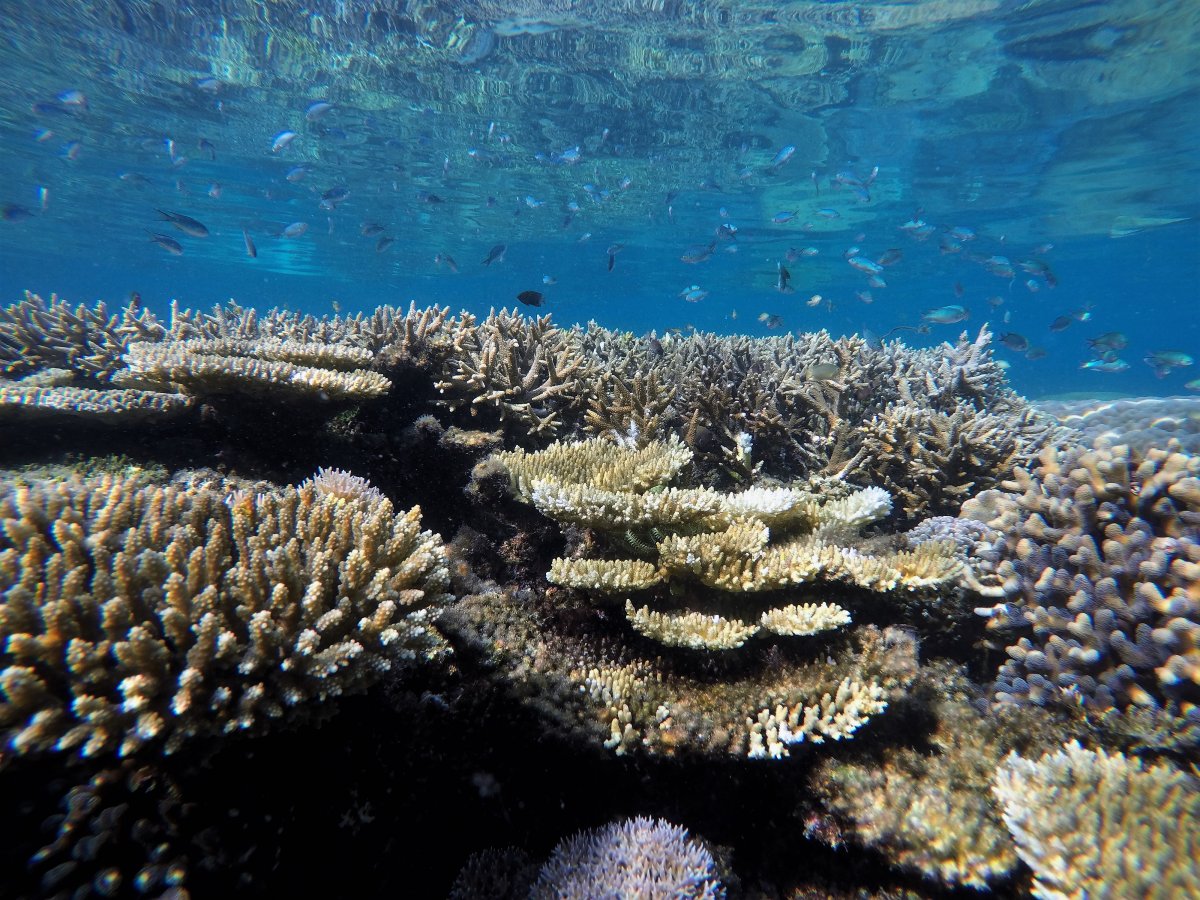How cryoprocesses are supposed to save coral reefs
With dire sea temperatures turning coral reefs in the Caribbean and beyond into graveyards, a team of scientists is trying to help corals cool down. And a pretty frosty one – down to -200 degrees Celsius.
Advertisement
The Coral Biobank Alliance, led by, among others, marine biologist Mary Hagedorn of the Smithsonian Conservation Biology Institute, aims to cryopreserve or otherwise preserve the approximately 1,000 species of coral that make up a reef. Coral reefs as an ecosystem are expected to become extinct by 2035. Hagedorn hopes to freeze enough coral sperm, larvae and adult polyps to not only support current conservation efforts – such as breeding heat-resistant corals – but also to rebuild reefs in the increasingly likely event of a mass marine extinction. However, there are major technical hurdles standing in the way of this plan.
Freeze, but without jagged ice crystals
Ice is perhaps the greatest enemy of successful cryopreservation. “Ice is a crystal,” says Matthew Powell-Palm, a thermodynamicist at Texas A&M University. “What we want instead is for the water to form a glass in the coral tissue.” At the molecular level, Powell-Palm says, glass resembles a solidified liquid, without the jagged crystals that can tear the delicate tissue. To prevent ice formation, the samples are immersed in a glass-promoting, cryoprotective solution and then quickly cooled. A different process is required for the corals’ symbiotic algae. Another condition for success: All techniques must be developed with the limited technical capacities of remote field stations in countries such as Australia or Indonesia in mind.
Thawing is then another new challenge. The corals are sickly and susceptible to infection in the first few days and weeks after thawing, so the team is developing a cocktail of antibiotics, probiotics and antioxidants to increase survival rates. “Imagine a patient who has just had open-heart surgery,” says Hagedorn. “He won’t go out the door the next day.”
The difficulty of cryopreservation increases with the size, complexity and fat content of the tissue. Sperm are relatively easy to preserve, says Hagedorn, while fatty eggs are only viable for a few hours, making them “just too difficult to preserve.” Preventing coral extinction requires developing easy-to-use methods for freezing larvae – the immature, free-swimming form of corals at the start of their life cycle – as well as fragments of mature colonies.
Within two hours the coral larvae swim again
Hagedorn and her collaborators have been able to cryopreserve larvae since 2018, but the process was delicate and thawing required sophisticated lasers to heat them at a rate of more than 1,000,000 degrees Celsius per minute. Now Hagedorn’s team has developed and tested a simplified method. To freeze, the larvae are dehydrated on a steel net, dipped in a cryoprotectant and submerged in liquid nitrogen. To thaw, the net is placed in a rehydration solution at room temperature. If all goes well, the larvae will swim again within two hours. “That was a big step forward,” says Hagedorn. “This means we can stop species extinction, and we can do it in a very user-friendly way.”
Progress has also been made in the conservation of adult corals. In August, Powell-Palm, Hagedorn and others announced that they had observed cryopreserved adults surviving for a day or two before succumbing to the bacteria. The process they use, called isochoric vitrification, uses a small, sealed chamber to prevent liquids from expanding into ice. “I always refer to it as low-tech, high-science,” Powell-Palm says. “The thermodynamic processes that occur in the chamber are wonderfully complex… but technologically it is incredibly simple.” Vitrification procedures usually play a role in fertility treatments for the cryopreservation of eggs and embryos.
Turning point for coral death?
If – and Hagedorn emphasizes this “if” – isochoric vitrification for corals is perfected, it would be a turning point. Instead of waiting for the few nights of the year when corals spawn to catch their sperm and larvae, this method would allow researchers to collect and cryopreserve corals whenever it suits them. Thawed fragments would grow into larger colonies and would also one day spawn, helping to revive dead or struggling reefs.
The most difficult problem, however, may be time. High temperatures, acidic water, pollution and disease take their toll on corals, potentially making them too sickly to withstand the stresses of cryopreservation. The corals must be removed as quickly as possible, says Hagedorn, while their health is still largely intact.
At the same time, it is planning a conservation program that could take decades or even centuries, as the oceans could continue to warm for many generations even if decisive climate action is taken. Hagedorn is investigating the possibility of storing corals and other animal tissues on permanently cool parts of the moon. If disaster strikes Earth’s coral repositories, samples stored in lava tubes or shadowy craters could survive for centuries.
(jl)
To home page
